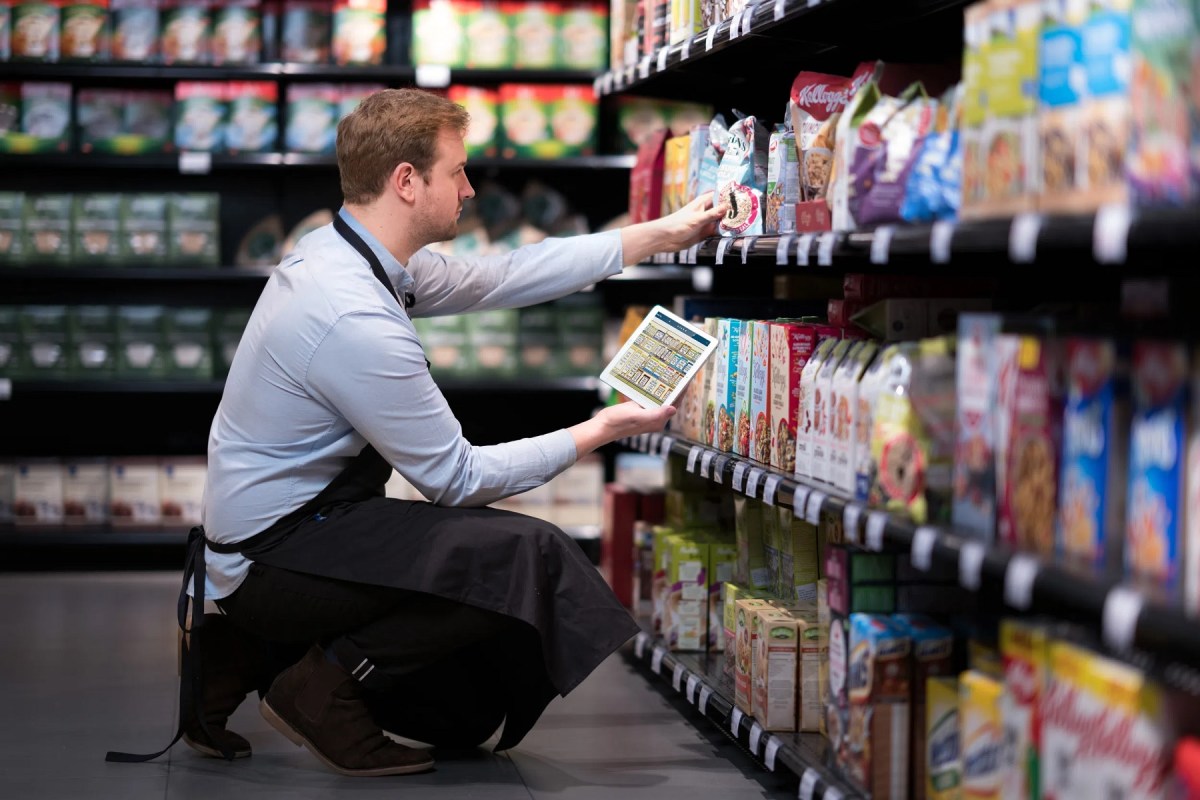In today’s competitive retail landscape, pricing plays a crucial role in driving profitability, customer satisfaction, and overall business success and it’s more important now than ever.
Here are three reasons why retailers should be paying attention to pricing optimisation solutions right now.
1. Pricing is the fastest way retailers can influence their bottom line. By making changes to promotional and base pricing strategies, retailers can quickly affect profitability, change store traffic, and influence consumer demand patterns.
Let’s say, as a company, I make changes this week to my promotional and base-pricing strategies. Assuming we can bring those new prices to the shelf within the week, we can start affecting profitability as early as when that first customer sees that shelf tag.
2. Retailers should look to automate as much of their current planning process as they can. This will free up time for pricing teams to really focus on company strategy.
Rather than all your experts, buyers, category managers, and analysts figuring out how much a retailer should charge for one product, like a pen, they should be asking where office supplies fit into their objectives and goals for the company. Pricing experts need to move from a tactical approach to a strategic one and allowing questions like: “Where do they need to build traffic so that they can build profit or where can they automate with rule setting?” to be asked.
Retailers can set up guardrails and let processes run so that their teams can focus on the bigger things: better positioning in the market, better vendor deals, and better analysis of what they’ve done in the past.
I’m not saying that teams and retailers aren’t skilled enough to do that today, but what I am saying is they don’t have the time to do it.
3. The industry emphasies the need for a table-stakes environment—where possessing the essentials for pricing planning is a starting point but having a team capable of executing it effectively is crucial to be competitive. Of course, a main concern raised by any automation technology is: “Will this technology mean I’m going to have to cut people from my team?” And my answer to that is no. They’ll just finally be free to do more impactful work.
I previously calculated that even the most advanced automated systems can automate only around 81 to 87% of the suggested prices. You still must have a good team that can look at that other around 20% and decide how to plan those prices strategically.
Of course, some retailers might also ask, “Then why can’t we have an automated tool to handle everything?” Because there is knowledge within your pricing team that today’s tools simply do not have. The people on your team are the ones who can understand your customers’ rapidly changing priorities, the strategy of your business, and where you want to focus your resources. There is a reason you invest in your people, and this technology offers them the chance to return to the tasks they’re best at puzzling out.
In conclusion,I’ve seen retailers make the right choices when it comes to investing in pricing optimisation. Their customers are happier. Their teams are happier. They’re making more money, paying for infrastructure, and paying their people a higher wage to keep them around.
A good pricing optimisation solution can provide all that—and you know what? Nobody loses. It’s a win-win-win, and there are not a lot of products that can say that. Picking all three winning horses in a race is so rare that they gave it a name – a trifecta. That doesn’t happen a lot, but we see it with pricing technology in the retail world every day.
Jeff Bulger is pricing expert at RELEX Solutions.

